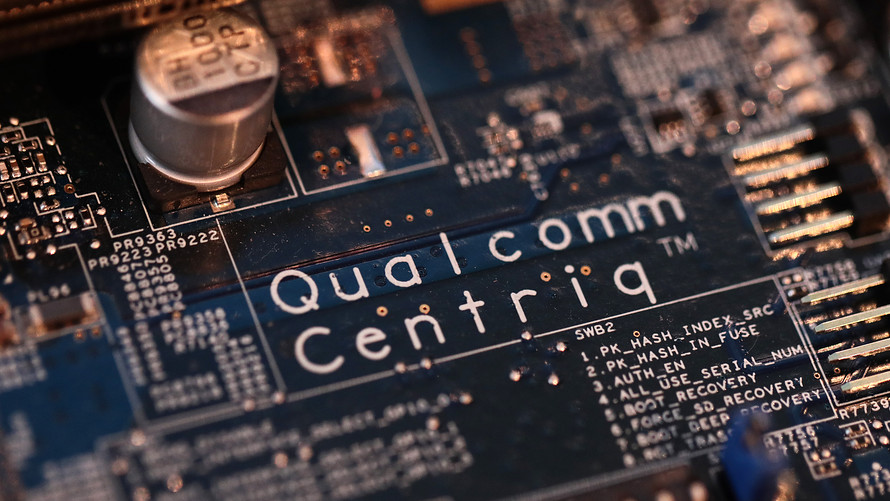
Ten-year U.S. Treasury notes are now yielding more than 3%, which makes them more attractive for income-seeking investors than they have been for many years.
If you want to shoot for higher yields with dividend stocks, we have applied some stringent criteria to narrow a list.
Something to consider is that while 10-year Treasury notes TMUBMUSD10Y, +0.12% recently yielded 3.07%, the yield on two-year Treasury paper TMUBMUSD02Y, -0.31% was 2.58%. That is a very narrow spread, considering how much more of a commitment you make if you’re in for 10 years.
If you are considering common stock for higher dividend yields, you need to do your own research to form an opinion about how “safe” the company’s regular dividend payments are. What is the chance that the company may cut the dividend? A publicly traded company is likely to be cautious when raising its payout because of the terrible fallout for the stock price if they are forced to lower the dividend.
Two dividend screens
With the 10-year yield climbing above the 3% threshold for the first time since 2011, we looked at S&P 500 SPX, +0.41% stocks with dividend yields of 4% or higher. This left us with a list of 43 companies.
We then compared the companies’ free cash flow yields with their current dividend yields. A company’s free cash flow is its remaining cash flow after planned capital expenditures. It measures how much money the company has available to pay dividends, buy back shares, expand organically, make acquisitions or for any other corporate purpose.
For real estate investment trusts, we used funds from operations (FFO) instead of free cash flow. FFO adds depreciation and amortization to earnings and subtracts gains on the sale of assets. It is a non-GAAP figure that is considered to be a good measure of how much cash a REIT has available to pay dividends.
We calculated free cash flow yields by dividing free cash flow per share over the past 12 months by the closing share prices. If a company’s free cash flow yield is higher than the dividend yield, the company appears to have “headroom” to pay a higher dividend or at least maintain the dividend. This screen cut the list to 25 companies.
The next step was to look back 45 quarters to the beginning of 2007, to see if any of these companies had cut their regular dividends. That may seem a bit harsh, but it takes us back to before the financial crisis, which led to a tremendous number of dividend cuts. It’s still much less stringent than the 25-year look-back criteria for the S&P 500 Dividend Aristocrats Index SPDAUDP, +0.54% The Dividend Aristocrats are S&P 500 companies that have raised dividends each year for at least 25 years.
But the ProShares S&P 500 Dividend Aristocrats ETF NOBL, +0.56% which tracks the Dividend Aristocrats index, has a dividend yield of only 2.51% according to Morningstar, so it really is more of a conservative growth play. (Disclosure: I hold shares of NOBL.)
Our dividend-cut screen reduced the list to 15 S&P 500 companies with dividend yields of 4% or higher that have not cut regular payouts since the beginning of 2007. Some may have started paying dividends more recently, but none have cut them, according to data provided by FactSet.
Here they are, sorted by yield.


As you can see from the year-to-date total-return figures, most of these stocks have not done well in the short term, as interest rates have risen. REIT stocks typically dip over the short term as interest rates climb. But interest rates don’t tell the entire story. L Brands has been the worst performer this year among the group, as its profits have suffered.
But all these companies have a history of maintaining or raising their dividend payouts. If you want to consider common shares of large companies for income, your next step is to do your own research to form an opinion about how competitive a company is likely to be in providing goods or services over the next decade. A short-term dip in the share price can be a buying opportunity.

